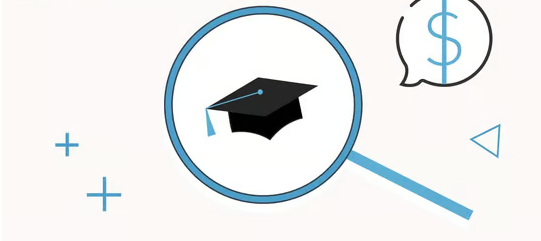The landscape of higher education has seen significant changes in recent years, particularly with the rise and fall of for – profit colleges. These institutions, once seen as a beacon of opportunity for many, have unfortunately become a source of financial burden for countless students. However, there is hope. The U.S. government and various advocacy groups have been working tirelessly to provide relief to those who were misled by for – profit colleges. This article aims to provide a comprehensive overview of the loan forgiveness options available to students who attended such institutions.
The Scope of the Problem
Over the past several years, over $1 billion in student loan debt has been forgiven for students who attended for – profit colleges. This staggering figure highlights the magnitude of the issue. Many students were misled by these institutions, which promised high – paying jobs and a bright future but delivered neither. The Biden Administration has been particularly proactive in addressing this issue, with several recent announcements helping over 200,000 borrowers. However, navigating the complex process of loan forgiveness can be daunting. This article aims to simplify that process.
Borrower Defense to Repayment
One of the primary avenues for loan forgiveness is the Borrower Defense to Repayment program. This program provides for the cancellation of a borrower’s federal student loans when the college violated federal or state laws or engaged in substantial misrepresentation concerning the borrower’s student loans or the educational services paid for using the student loans. If a borrower qualifies for this discharge, their federal student loans will be cancelled, and all previous payments refunded.
Key Points
- Eligibility: Not all students will qualify. The college must have engaged in illegal or misleading practices.
- Application: Borrowers must apply through the Department of Education’s website.
- Documentation: Borrowers should gather all relevant documentation, including enrollment agreements, marketing materials, and any correspondence with the college.
Closed School Discharges
Another option for loan forgiveness is available to students whose colleges closed while they were enrolled or within 180 days of their withdrawal. If a student is unable to complete their education through a teach – out or by transferring credits to another school, they may be eligible for a closed school discharge of their federal student loans.
Key Points
- Eligibility: The college must have closed while the student was enrolled or shortly after their withdrawal.
- Application: Borrowers must apply through the Department of Education’s website.
- Documentation: Borrowers should provide proof of enrollment and any attempts to transfer credits.
List of Eligible Colleges
There are over 155 schools and colleges that potentially qualify for student loan forgiveness under various plans and settlements. The list includes well – known institutions such as the University of Phoenix, DeVry University, and ITT Technical Institute. It is important to note that not all students from these institutions will qualify for loan forgiveness. Borrowers must meet the specific criteria for either borrower defense or closed school discharge.
Legal Updates
The journey to loan forgiveness has not been without its legal challenges. Several appeals have been filed since the Sweet v. Cardona agreement was approved. In November 2022, the judge overseeing the case approved the settlement agreement. However, the group representing the schools has appealed the case. In February 2023, the judge temporarily blocked loan forgiveness, but by May, the 9th Circuit Court of Appeals allowed loan forgiveness to proceed. By August 2023, the Education Department had instructed loan servicers to discharge the debt of over 128,000 class members. And more borrowers are starting to see their loans forgiven as a result.
What to Do Next
If you believe you qualify for loan forgiveness, the first step is to ensure your contact information is up to date with your loan servicer. You should have been notified by your loan servicer if you are eligible. However, if you have not received any notification, you should proactively submit an application for the Borrower Defense to Repayment Discharge at studentaid.gov/borrower-defense/.
Key Steps
- Update Contact Information: Ensure your loan servicer has your current contact information.
- Apply for Forgiveness: Submit an application for loan forgiveness through the Department of Education’s website.
- Gather Documentation: Collect all relevant documentation to support your application.
- Stay Informed: Keep track of any legal updates and changes to the loan forgiveness programs.
The journey to loan forgiveness for students of for – profit colleges is a complex but necessary one. The government and advocacy groups are working hard to provide relief to those who were misled by these institutions. By understanding the available programs and taking proactive steps, borrowers can navigate this process and potentially find relief from their student loan debt. Remember, you do not have to pay for help with loan forgiveness applications. Legitimate assistance is available through the Department of Education’s website. Stay informed, stay vigilant, and take control of your financial future.
